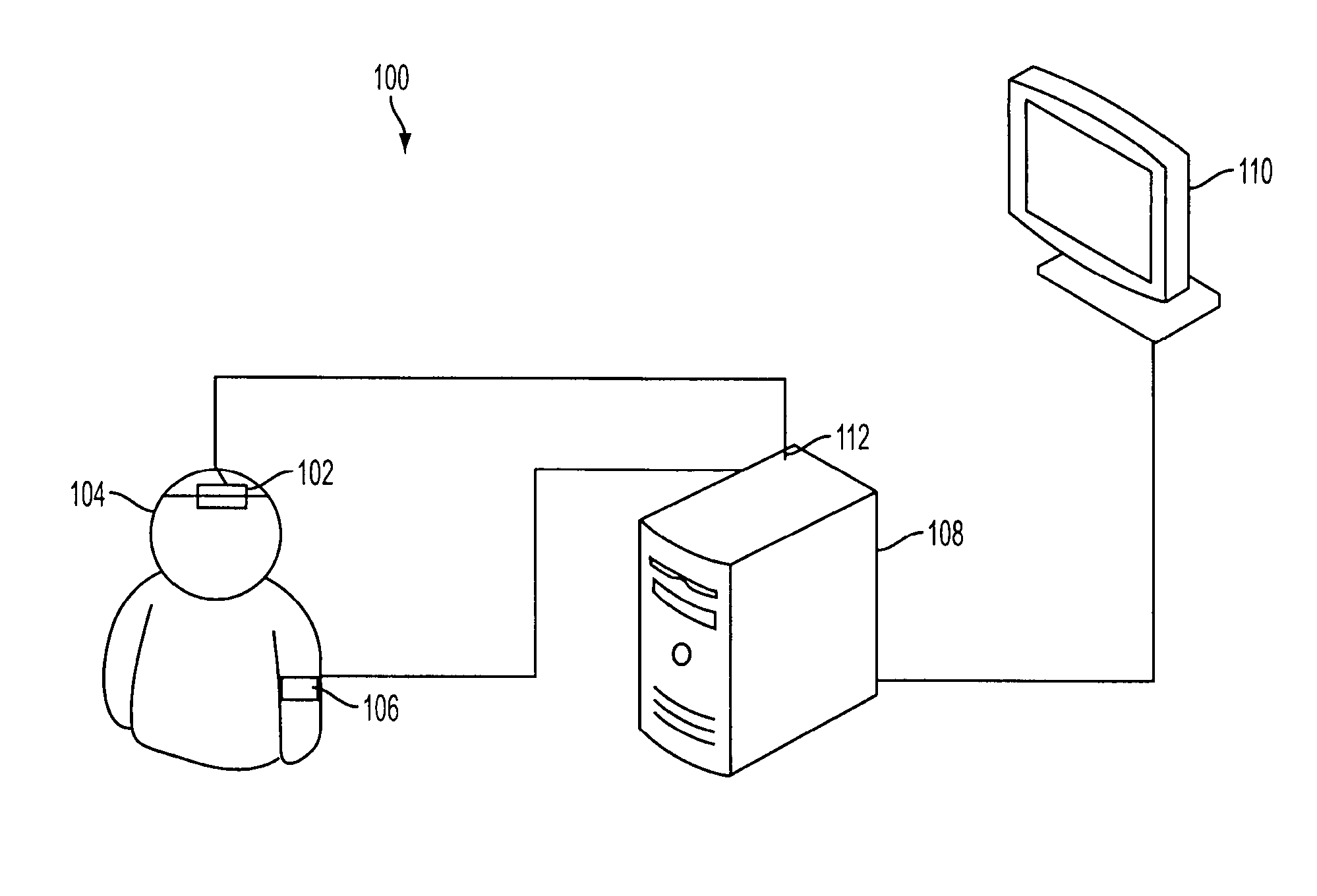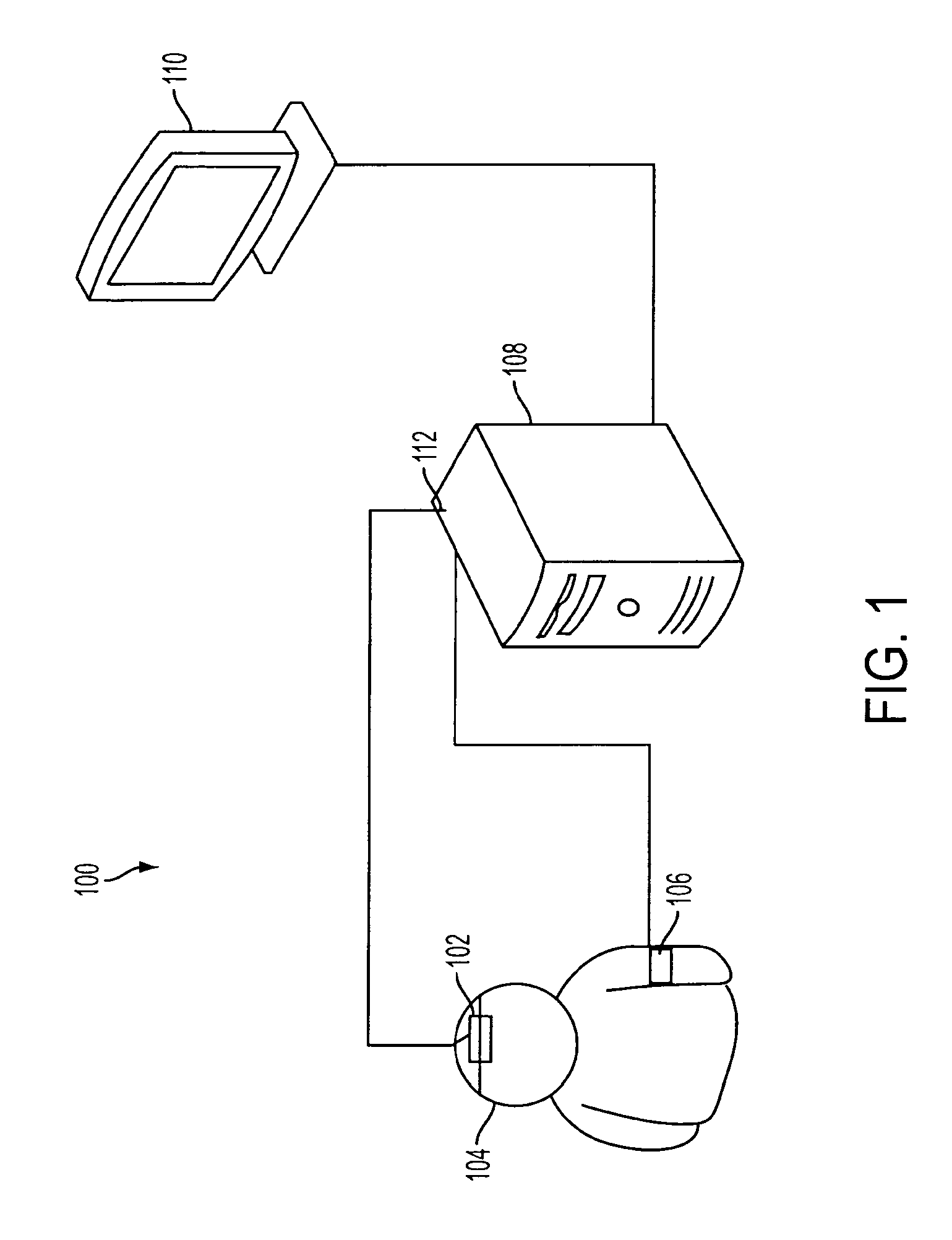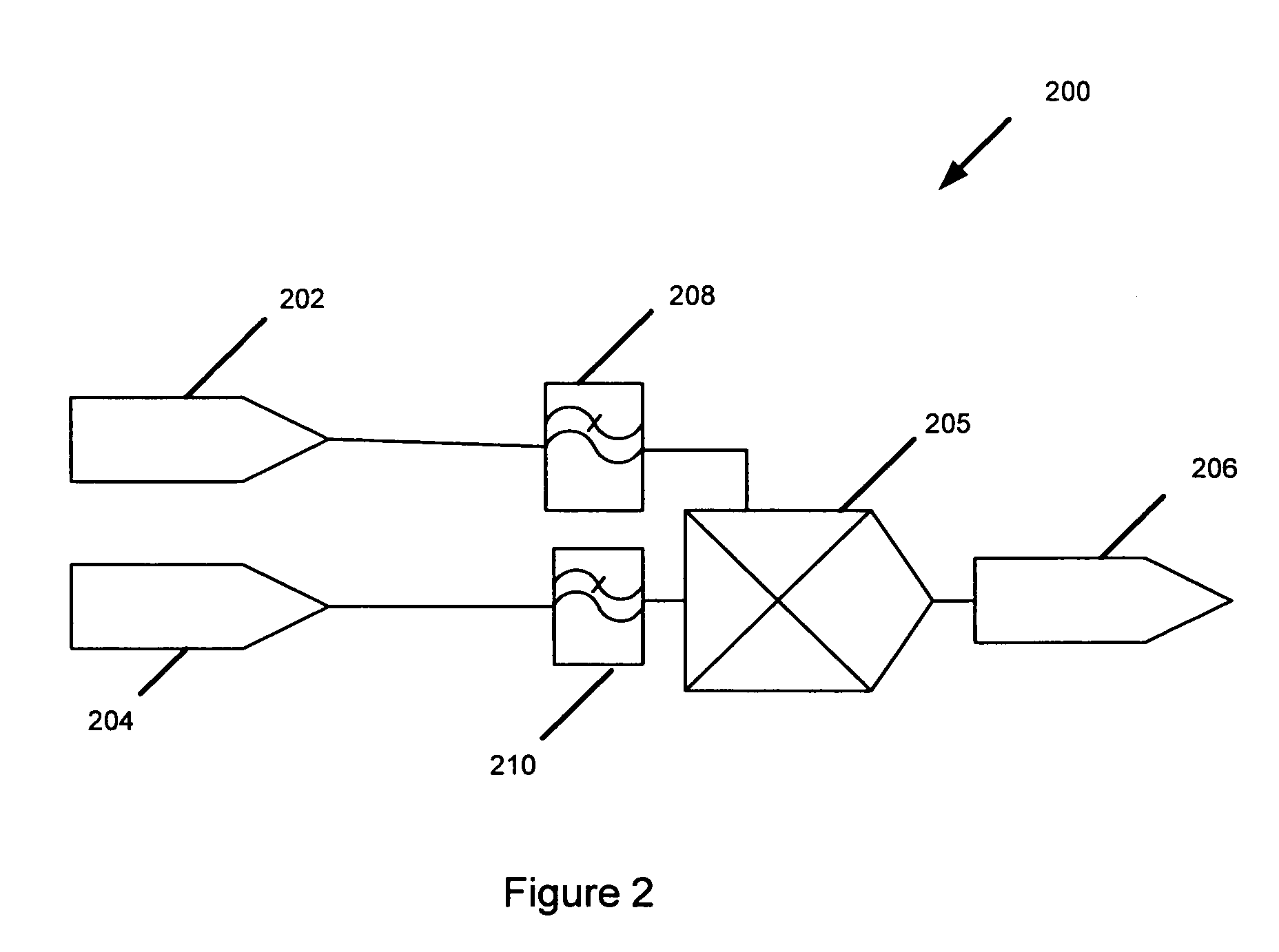Method and system for determining a cerebrovascular autoregulation state of a patient
a cerebrovascular and autoregulation technology, applied in the field of cerebrovascular autoregulation, can solve the problems of inferior signal-to-noise ratio and difficulty in achieving
- Summary
- Abstract
- Description
- Claims
- Application Information
AI Technical Summary
Benefits of technology
Problems solved by technology
Method used
Image
Examples
examples
[0034]We hypothesized that the COx according to an embodiment of the current invention would be sensitive for autoregulatory failure due to hypotension in a piglet model of the infant brain and measured the COx continuously in piglets, while slowly lowering their ABP below the breakpoint of autoregulation, as determined by laser-Doppler flowmetry. We determined the sensitivity and specificity of the COx for detecting the loss of autoregulation caused by hypotension. We also tested the COx against a similar, but invasive method, the laser-Doppler index (LDx), which utilizes a linear correlation coefficient between ABP and laser-Doppler flux measured in the frontoparietal cortex. We hypothesized that the COx and LDx would show agreement as measurements of autoregulatory vasoreactivity despite their distinct origins.
Methods and Materials
[0035]All procedures were approved by the Johns Hopkins University Animal Care and Use Committee and conformed to the standards of animal experimentati...
PUM
 Login to View More
Login to View More Abstract
Description
Claims
Application Information
 Login to View More
Login to View More - R&D
- Intellectual Property
- Life Sciences
- Materials
- Tech Scout
- Unparalleled Data Quality
- Higher Quality Content
- 60% Fewer Hallucinations
Browse by: Latest US Patents, China's latest patents, Technical Efficacy Thesaurus, Application Domain, Technology Topic, Popular Technical Reports.
© 2025 PatSnap. All rights reserved.Legal|Privacy policy|Modern Slavery Act Transparency Statement|Sitemap|About US| Contact US: help@patsnap.com



